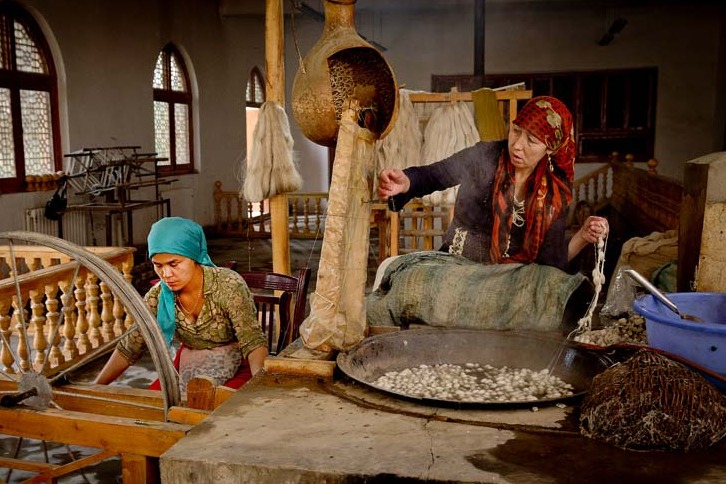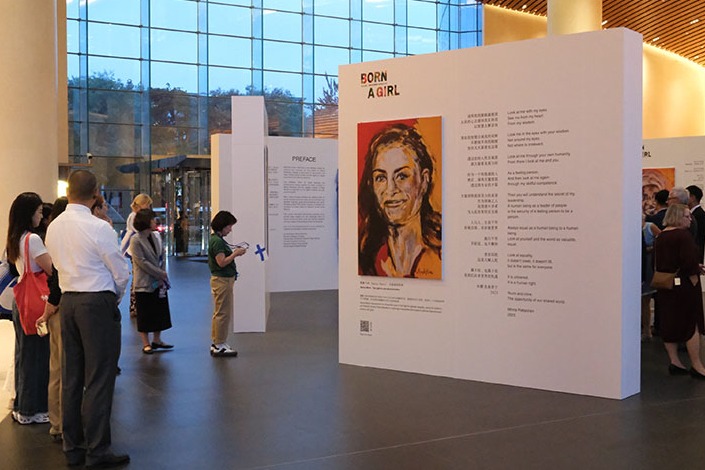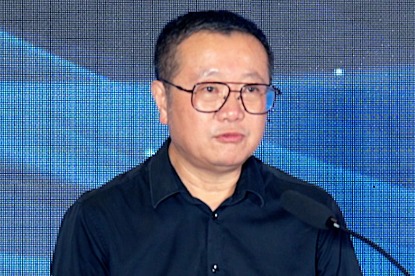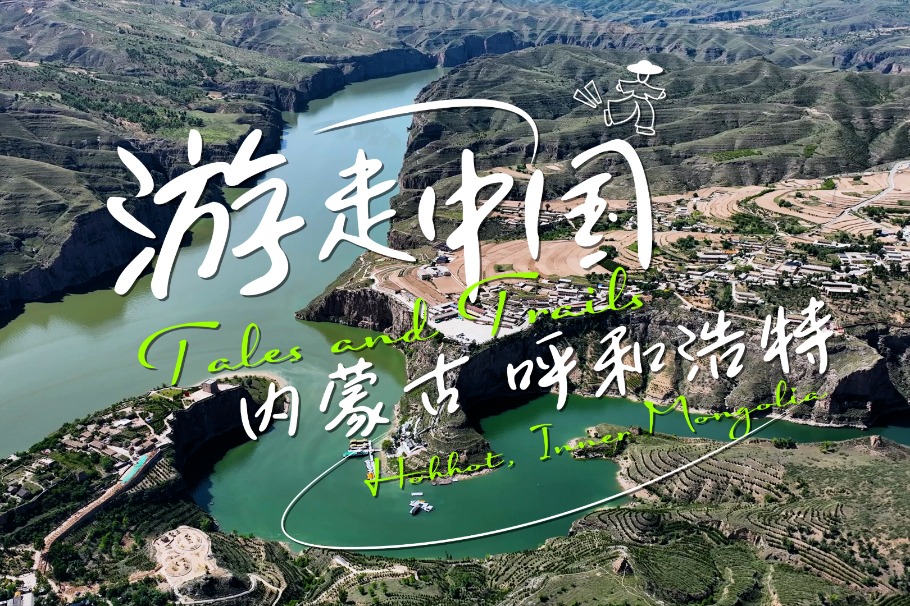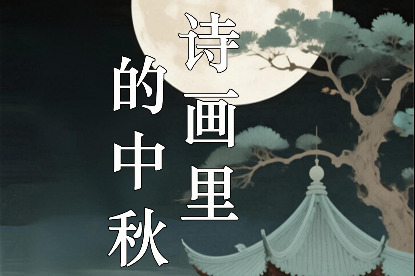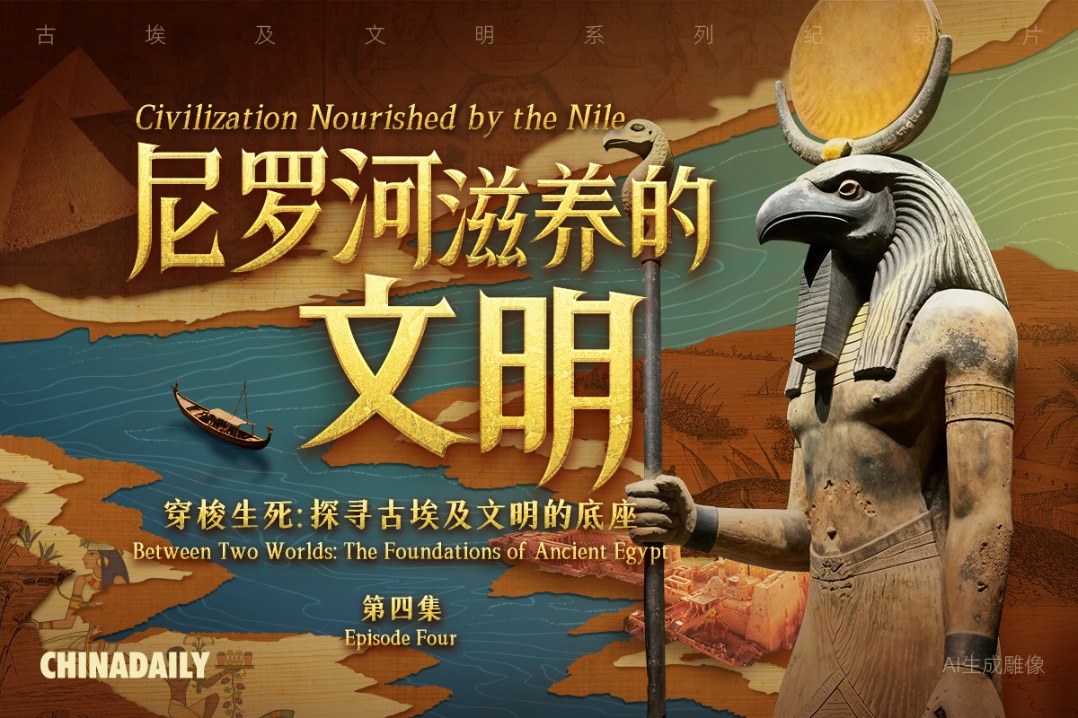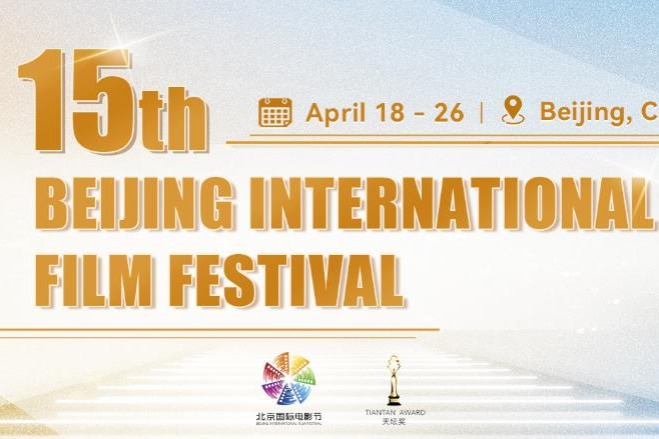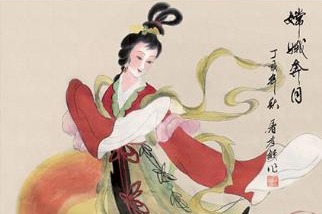Digging deeper


Academic exchanges
The Shanghai Archaeology Forum was founded in 2013 to promote archaeological inquiries into past civilizations worldwide in a bid to understand the relevance of this knowledge to the contemporary world.
The theme of this year's forum is "archaeology for urbanization and globalization: the past for the common future of humankind".
Wang says the forum has also become a key platform for exchanges between Chinese archaeology luminaries and their overseas counterparts.
He believes the global trend of interdisciplinary studies introducing various hi-tech approaches will keep inspiring Chinese archaeologists. For example, in the case of Kultepe, the method of archaeomagnetism-the interpretation of the Earth's magnetic field at times in the past as recorded in archaeological materials-was used to date the relics. This technique is not commonly used in China.
The forum enables archaeologists who've discovered methods and gained experience not yet found in the rest of the world to share their findings.
"In the past, information about the latest discoveries made by Chinese archaeologists was not always sufficient, largely due to the language barrier of academic journals," he recalls. "The significance of early Chinese civilization was not fully understood."
No particular section introducing Chinese archaeology featured in the inaugural forum. That changed, however, after the discovery of the Ruins of Liangzhu, a vast city that existed from 5,300 years to 4,300 years ago in Hangzhou, Zhejiang province, won the Field Archaeology Award that same year. The discovery of its highly developed jade culture, belief systems and water conservancy amazed attending scholars.
Renfrew said at the time: "The importance of findings from the Neolithic Age in China has been greatly underestimated... The complexity of society in Liangzhu was on par with that of a country." He also believes that Liangzhu is an origin of Chinese civilization.
Consequently, in his case study of sanctuaries on Dhaskalio-roughly contemporary to Liangzhu-he specifically adds the ancient Chinese city's ruins into his comparative studies of "early centers of congregation".
"International scholars are eager to know more about Chinese archaeology," Wang says. "That's why we specifically organized a seminar on this year's forum to review a panorama of the most important ongoing archaeological projects in China.
"In addition to the tomb of the Marquis Haihun, we have many more to impress the world with," he says.



















